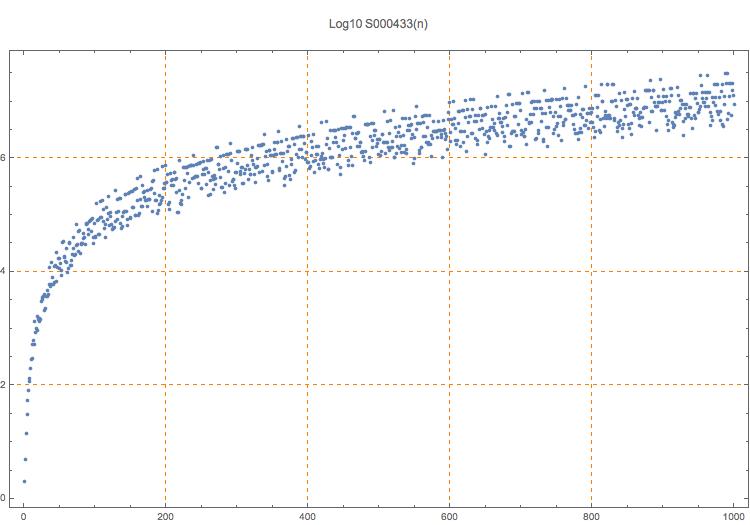Conductor of prime(n), prime(n+1), and prime(n+2).
2, 5, 14, 31, 54, 81, 118, 132, 195, 287, 294, 521, 614, 523, 1311, 859, 1002, 930, 1611, 1419, 1323, 1500, 1422, 2942, 3301, 3534, 3711, 3958, 2066, 2242, 3686, 4596, 3698, 3931, 5957, 12075, 5510, 5875, 14691, 7969, 6085, 6374, 12414, 12741, 6695, 21879
1
This sequence computes the conductor of three consecutive primes; see S000434 for more primes. See the Bessoud and Wagon book for more information about the conductor.
T. D. Noe, Plot of 1000 terms
T. D. Noe, Table of 1000 terms
David Bessoud and Stan Wagon, A Course in Computational Number Theory, Key College Publishing, 2000.
(Mma) Needs["CNT`”]; Table[Conductor[{Prime[n], Prime[n + 1], Prime[n + 2]}], {n, 50}]
Cf. S000431, S000432, S000434, S000435.
nonn
T. D. Noe, Dec 27 2014
